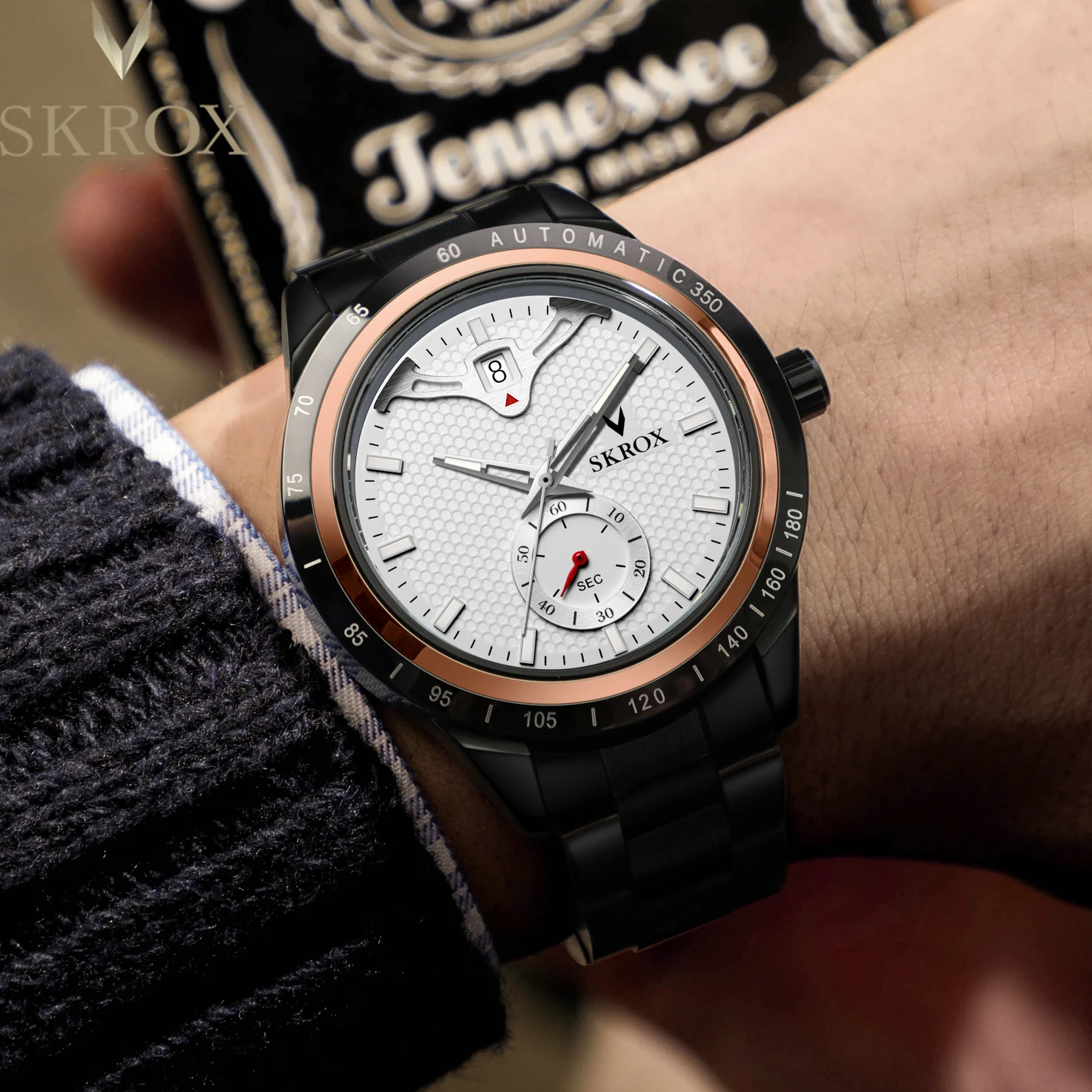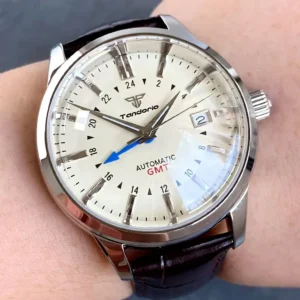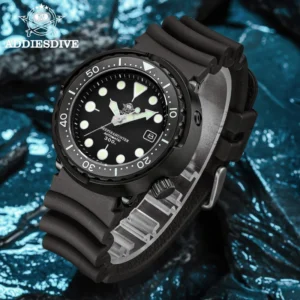Introduction: The Remarkable Legacy of Professional Diving Watches
Professional diving watches represent far more than ordinary timepieces with increased water resistance. To earn the title “professional,” these watches must adhere to stringent international standards, most notably ISO 6425, which demands specific performance metrics under extreme underwater conditions. Unlike fashion-oriented dive-style watches, true professional diving watches serve as critical safety instruments first and style statements second.
These remarkable timepieces exist in a fascinating duality – they’re both essential tools for underwater exploration and powerful symbols of human adventure. Born from necessity in the mid-20th century, they’ve evolved into icons of precision engineering that continue to captivate enthusiasts worldwide. Their journey from utilitarian instruments to celebrated examples of horological craftsmanship mirrors humanity’s relationship with the ocean itself.
What makes these watches particularly fascinating is their continued relevance despite technological advances. Even in an era dominated by digital dive computers, professional dive watches maintain their status as trusted companions for underwater exploration. This enduring appeal stems from their mechanical reliability, battery-free operation, and the peace of mind that comes from history of dive watch engineering refined over decades.
In this exploration, we’ll journey through the evolution of these remarkable instruments, from their early development to the technical standards that define them today, revealing why they remain essential elements in the world of professional-spec dive watches.
The Genesis: Early Innovations in Underwater Timekeeping
Creating timepieces that could withstand underwater pressure represented one of horology’s greatest challenges. Early attempts at water resistance were modest by today’s standards, focusing primarily on protecting watches from rain and splashes rather than sustained submersion.
The fundamental challenge was sealing the vulnerable entry points of a watch case – particularly the crown, case back, and crystal. Early solutions often proved unreliable, with gaskets that deteriorated quickly and designs that failed under modest pressure. However, several breakthroughs would forever change the landscape of water-resistant timepieces:
- The revolutionary Oyster case with its threaded, screw-down crown and case back – creating multiple barriers against water intrusion
- The dual-case Marine approach, which encased the entire watch within a second protective shell
- Early water-resistant pocket watch conversions for military divers in the First World War
Military necessity became the primary driver of underwater timepiece development. Naval forces recognized the strategic advantage of underwater operations, but these missions required reliable timekeeping. The collaboration between watchmakers and military units produced specialized designs with unprecedented water resistance, legibility, and durability.
These pioneering efforts established the foundation upon which later professional diving watches would build. The timeline of diving watch innovations demonstrates how each breakthrough addressed specific challenges faced by early underwater explorers. Though these early models would seem primitive compared to today’s professional diving watches, they represented remarkable achievements that pushed the boundaries of what was previously thought impossible.
The Modern Archetype Emerges: Defining the Professional Diving Watch
The post-World War II era witnessed an explosion in underwater exploration. Advances in diving equipment, particularly the Aqua-Lung self-contained underwater breathing apparatus, suddenly made recreational diving accessible to adventurous civilians. This new frontier of exploration demanded specialized equipment, including purpose-built timekeeping instruments.
The year 1953 stands as perhaps the most pivotal in diving watch history. Within months of each other, three landmark models debuted that would collectively establish the template for the modern professional diving watch. This “Foundational Trinity” codified features that remain essential today:
- The Fifty Fathoms, developed in collaboration with French combat swimmers, emphasized superior legibility and a rotating timing bezel
- The Submariner focused on exceptional case integrity and durability for prolonged underwater use
- The Sea Wolf contributed to the standardization of the rotating bezel and established the commercial viability of dedicated diving watches
From these pioneering models emerged the core features that now define a professional diving watch:
- Water resistance significantly exceeding recreational needs (minimum 100m, often 200-300m)
- Unidirectional rotating timing bezel to prevent accidental extension of dive times
- Exceptional legibility through high-contrast dials and luminous markers
- Secure screw-down crowns and case backs to maintain water resistance
- Robust construction capable of withstanding pressure, impacts, and marine environments
These features weren’t mere aesthetic choices but direct responses to the requirements of underwater safety and functionality. The bezel allowed divers to track elapsed time underwater; luminous elements enabled legibility in dark depths; and robust case construction ensured reliability when a diver’s life might depend on it.
This period established the blueprint that the entire category of automatic dive watches would follow for decades to come, setting standards that continue to influence modern professional models.
The Golden Age: Advanced Innovation and Specialization
As recreational and professional diving advanced through the 1960s and 1970s, so too did the requirements for diving watches. Commercial diving operations pushed into ever-greater depths, creating challenges that standard dive watches couldn’t meet. This era of underwater pioneering drove an unprecedented period of technical innovation.
The development of saturation diving – where divers live in pressurized environments for days or weeks – revealed a critical issue: helium molecules could penetrate watch cases during decompression, causing crystals to pop off when pressure decreased. This led to one of the most significant innovations in professional diving watches:
- The helium escape valve – a one-way pressure release mechanism allowing trapped gas to exit without compromising water resistance
- Commercial diving partnerships that tested watches in real-world extreme conditions
- Purpose-built designs for specific professional applications and environments
Regional approaches to professional diving watch design emerged during this golden age:
- European manufacturers focused on refinement of established designs with precision movements
- American designs emphasized practical innovations like colored dials for enhanced legibility
- Japanese manufacturers pioneered new case designs and production techniques that increased durability
Materials science played a crucial role in advancing dive watch capability:
- Transition from brass to surgical stainless steel for improved corrosion resistance
- Introduction of specialized alloys capable of withstanding extreme pressure
- Development of synthetic crystal materials with superior clarity and scratch resistance
- Specialized luminous compounds for prolonged underwater legibility
This period represented the maturation of the professional diving watch from general-purpose tool to highly specialized instrument. The evolution of dive watch technology during this era established benchmarks that continue to influence contemporary designs, with specialized features developed for extreme professional use eventually becoming standard across the category.
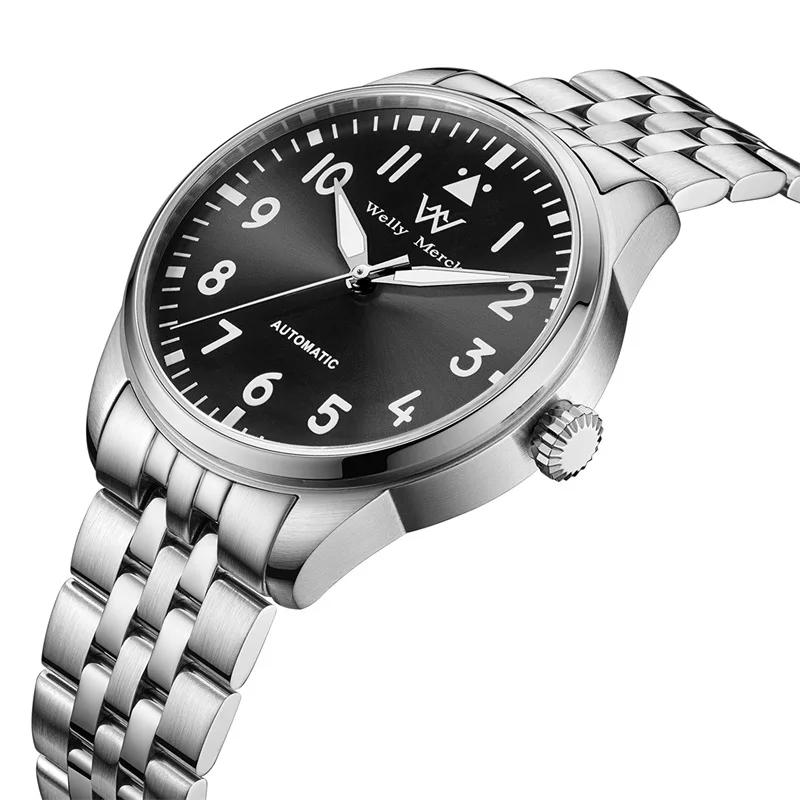
Digital Revolution: Quartz Technology and Changing Professional Needs
The 1970s quartz revolution fundamentally disrupted the entire watch industry, and professional diving watches were no exception. These new electronic movements offered advantages in accuracy, durability, and cost that posed significant challenges to traditional mechanical diving watches.
Digital technology brought further innovations specifically relevant to diving:
- Quartz movements with accuracy far exceeding mechanical standards
- Digital displays with enhanced functionality like depth gauges and bottom timers
- Reduced maintenance requirements beneficial in professional settings
- Battery power eliminating the need for regular winding
Perhaps most significantly, this era saw the introduction of dedicated dive computers that could track multiple dive parameters simultaneously – nitrogen absorption, depth, time, and decompression requirements. These devices offered safety advantages that no traditional watch could match, fundamentally changing the role of the diving watch from primary instrument to reliable backup system.
Rather than rendering mechanical diving watches obsolete, these technological shifts prompted adaptation and refinement. Mechanical watch manufacturers responded by:
- Embracing advanced materials like titanium for reduced weight and enhanced corrosion resistance
- Improving shock resistance through innovative movement mounting systems
- Enhancing reliability and accuracy to compete with quartz alternatives
- Adding features like GMT functionality on dive watches for professional travelers
Some manufacturers successfully bridged both worlds, creating hybrid designs that combined quartz reliability with traditional diving watch aesthetics and durability. The “Golden Tuna” professional quartz diver demonstrated that electronic movements could meet the most demanding professional standards while offering advantages mechanical watches couldn’t match.
ISO 6425: The Definitive Standard for Professional Diving Watches
What precisely separates a true professional diving watch from a merely water-resistant timepiece? The answer lies in ISO 6425, the International Organization for Standardization’s comprehensive standard specifically developed for diving watches. This exacting standard establishes minimum requirements that ensure reliability in underwater environments.
A watch meeting ISO 6425 must successfully pass all these tests:
- Water resistance of at least 100 meters (328 feet), tested at 125% of the rated depth
- Thermal shock resistance (immersion in 40°C water followed by 5°C water)
- Reliable functionality during and after submersion
- Condensation resistance under controlled conditions
- Crown and system operation under underwater conditions
- Chemical resistance to saltwater exposure
- Strap/bracelet durability and security testing
- Shock resistance to impacts from multiple angles
- Magnetic resistance (4,800 A/m) to maintain accuracy
- Unidirectional bezel operation with precise markings
For watches designated as suitable for saturation diving, additional tests apply:
- Helium gas exposure and decompression testing
- Extended pressure testing at greater depths
- Additional materials compatibility tests
The standard also defines specific legibility requirements: the watch must be readable at 25cm (9.8 inches) in total darkness, with clear differentiation between hour and minute hands. This ensures the watch remains functional in the murky conditions often encountered underwater.
The rigorous testing procedures required by ISO 6425 create a clear distinction between genuine professional diving instruments and fashion accessories with a diving aesthetic. This differentiation remains crucial for consumers seeking timepieces for serious underwater use, preserving the dive watch heritage and evolution that emphasizes function before form.
Modern Professional Diving Watches: Heritage Meets Innovation
Contemporary professional diving watches exist at a fascinating intersection of tradition and cutting-edge technology. Today’s models honor their heritage while incorporating materials and manufacturing techniques that would have been unimaginable to their originators.
Modern dive watches reflect several key trends:
- Revival of mechanical movements, often with improved power reserves and chronometer certification
- Integration of advanced materials like ceramic for bezels, offering superior scratch resistance
- Use of grade 5 titanium, carbon composites, and bronze alloys for case construction
- Enhanced luminous compounds providing extended visibility underwater
- Improved gasket systems and case engineering for greater depth ratings
- Heritage-inspired designs that reference iconic models while incorporating modern technologies
Different watchmaking traditions maintain distinct approaches to professional diving watches:
- Swiss manufacturers often emphasize heritage, in-house movements, and refined finishing
- Japanese brands frequently focus on practical innovation, durability, and value proposition
- German makers typically prioritize overengineered cases and testing beyond required standards
- Independent manufacturers push boundaries with novel materials and experimental designs
Modern professional diving watches serve dual purposes unlike their purely utilitarian ancestors. While maintaining their functional capability as serious underwater instruments, they’ve also become luxury items and symbols of adventure. This transformation reflects their journey from specialized tools to cultural icons.
The evolution continues as brands compete to offer unique features within the established framework of what constitutes a GMT dive watch or other professional diving timepiece. Despite their expanded role as luxury items, authentic professional models remain true to their foundational purpose: reliable operation in demanding underwater environments.
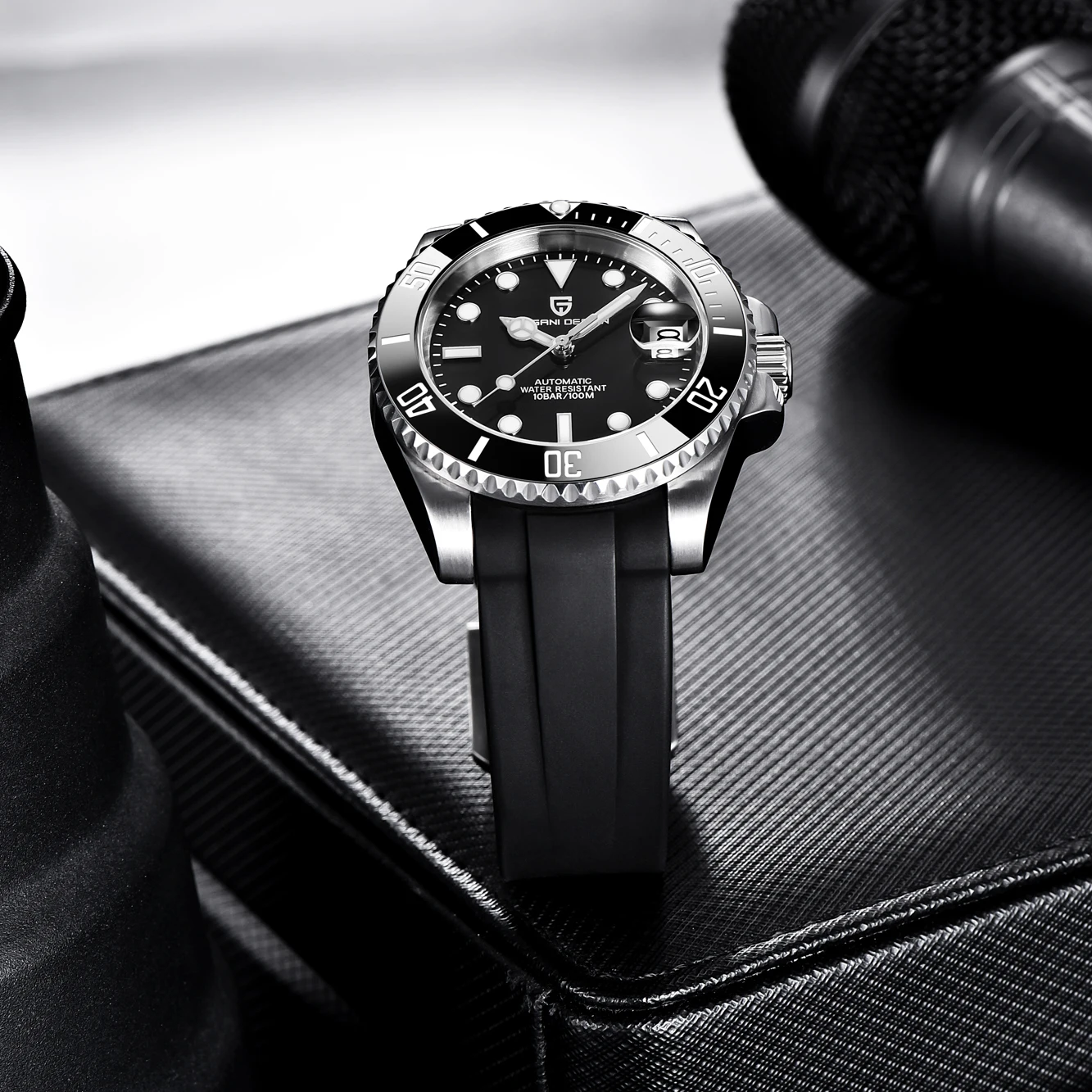
Anatomy of Excellence: Essential Features of Professional Diving Watches
Understanding what makes a professional diving watch exceptional requires examining each critical component and its contribution to the watch’s overall performance underwater.
Water Resistance Technology
The foundation of any diving watch is its water resistance, achieved through multiple defense systems:
* Precisely engineered case components with minimal tolerances
* Multiple gasket systems strategically positioned at water entry points
* Screw-down crowns with multiple O-rings creating redundant seals
* Case backs secured with threaded designs or compression ring systems
* Thick sapphire crystals precisely fitted and sealed to the case
Unidirectional Rotating Bezel
This signature feature serves a critical safety function:
* Rotates only counterclockwise to prevent accidental extension of dive time
* Features marked in 5 or 10-minute increments for tracking elapsed time
* Often includes luminous zero markers for alignment in low light
* Materials have evolved from bakelite and aluminum to ceramic and sapphire for durability
* Profile designs optimized for operation with diving gloves
Luminous Technologies
Visibility underwater remains essential to a diving watch’s functionality:
* Evolution from radioactive materials (radium, tritium) to safe photoluminescent compounds
* Super-LumiNova and similar materials providing hours of visibility after light exposure
* Application techniques ensuring maximum luminous material coverage
* Strategic placement prioritizing essential timekeeping elements
* Color differentiation between hour, minute and seconds indicators
Case Construction and Materials
The housing must withstand extreme pressure and harsh environments:
* High-grade stainless steel, titanium, or specialized alloys for corrosion resistance
* Monobloc constructions minimizing potential failure points
* Crown guards protecting vulnerable components from impacts
* Case dimensions optimized for pressure distribution
* Helium escape valves in watches designed for saturation diving
Bracelet and Strap Systems
Often overlooked but crucial for professional use:
* Quick-extension systems to fit over diving suits
* Secure clasps with redundant locking mechanisms
* Corrosion-resistant materials matching or exceeding case specifications
* Alternative strap options like rubber or NATO-style for different diving conditions
Classic style dive watches often incorporate these features in their most refined form, demonstrating how functional requirements have evolved into defining aesthetic elements of the category.
Automatic Chronograph Watches, Classic Style Dive Watches
$3,053.06 Select options This product has multiple variants. The options may be chosen on the product pageBronze Automatic Watches, Military Inspired Automatic Watches, Professional Spec Dive Watches
Price range: $1,442.21 through $1,442.82 Select options This product has multiple variants. The options may be chosen on the product pageProfessional Spec Dive Watches, Titanium Automatic Watches
$574.74 Select options This product has multiple variants. The options may be chosen on the product pageClassic Automatic Dress Watches, GMT Automatic Watches, GMT Dive Watches
Price range: $468.93 through $552.94 Select options This product has multiple variants. The options may be chosen on the product pageDay Date Automatic Watches, Professional Spec Dive Watches
Price range: $751.60 through $790.26 Select options This product has multiple variants. The options may be chosen on the product pageClassic Automatic Dress Watches, Classic Style Dive Watches
Price range: $742.56 through $1,099.56 Select options This product has multiple variants. The options may be chosen on the product page
The Enduring Appeal: Why Professional Diving Watches Remain Relevant
Despite the ubiquity of digital dive computers, professional diving watches continue to serve essential roles both underwater and in daily life. Their enduring appeal stems from multiple factors that transcend their original purpose.
As practical tools, mechanical diving watches offer distinct advantages:
* Operation without batteries – critical during extended expeditions
* Mechanical reliability in extreme environments where electronics might fail
* Simplified functionality focusing on the most essential information
* Inherent redundancy as backup timing devices
Beyond their practical benefits, these watches connect wearers to a rich heritage:
* Tangible link to the pioneers of underwater exploration
* Connection to significant milestones in underwater watch engineering
* Appreciation for mechanical ingenuity in an increasingly digital world
* Representation of adventure and exploration even in everyday settings
The mechanical dive watch also offers a distinct user experience:
* Direct physical interaction through winding and bezel operation
* Appreciation of craftsmanship visible in finishing and construction
* Mechanical longevity that often spans generations
* Aesthetic appeal derived from function-driven design elements
This combination of practical utility, historical significance, and mechanical appreciation explains why professional diving watches remain relevant long after their role as primary diving instruments has evolved. They represent a rare category of objects whose appeal has only deepened as their original purpose has been supplemented by technology.
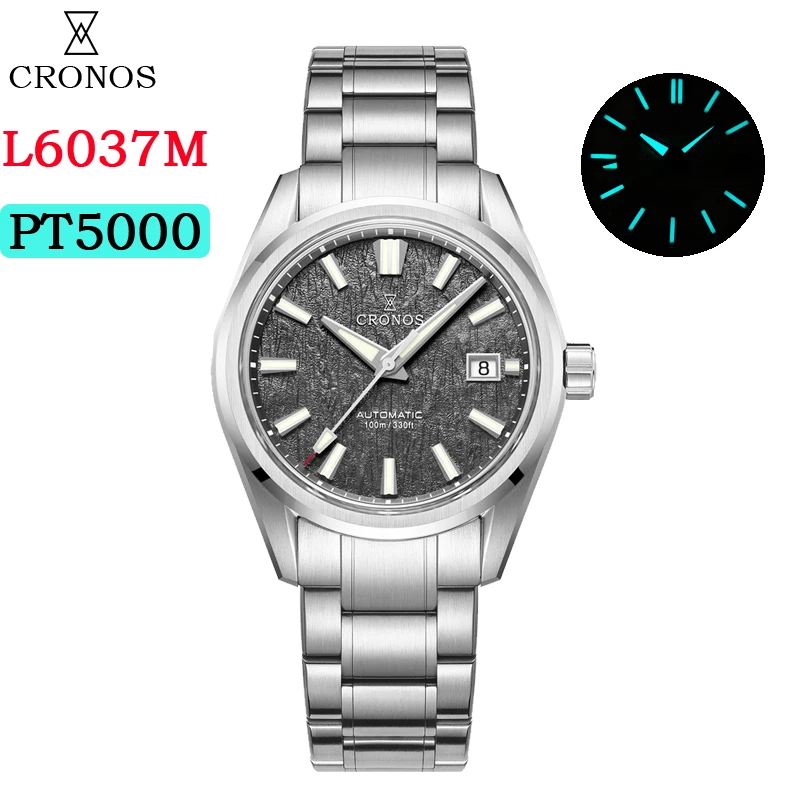
Choosing Wisely: Selecting a Genuine Professional Diving Watch
For those seeking a genuine professional diving watch rather than a merely water-resistant fashion piece, several considerations should guide the selection process:
Certification and Testing
* Verify ISO 6425 certification rather than just water resistance ratings
* Research the manufacturer’s testing procedures beyond minimum standards
* Consider independent testing results when available
Intended Use Assessment
* Match depth ratings to your actual diving requirements with considerable margin
* Consider specialized features based on diving environments (saltwater vs. freshwater)
* Evaluate legibility and operation with your typical diving equipment
Construction Quality
* Examine crown threading, bezel action, and case finishing
* Assess bracelet/strap security and adjustment mechanisms
* Consider material choices based on diving conditions and long-term maintenance
Serviceability
* Research service intervals and availability of qualified technicians
* Consider accessibility of replacement parts
* Evaluate manufacturer reputation for long-term support
Value Proposition
* Balance heritage, innovation, and price point
* Consider bronze automatic watches for their unique patina development in marine environments
* Assess whether premium features justify price differences for your specific needs
The ideal professional diving watch balances authentic capability with individual preferences and requirements. By focusing on certification, construction quality, and suitability for intended use, buyers can identify timepieces that will serve reliably for decades rather than merely mimicking the aesthetic of professional instruments.
Conclusion: Timekeeping Legacy Beneath the Waves
Professional diving watches represent one of horology’s most remarkable achievements – instruments that function reliably in one of Earth’s most hostile environments. Their evolution from specialized tools to cultural icons demonstrates the enduring appeal of purpose-built design.
These timepieces continue to occupy a unique position in our relationship with both time and the ocean. They serve as mechanical companions in an increasingly electronic world, offering reliability through mechanical simplicity rather than digital complexity. Their continued relevance speaks to both their exceptional engineering and our appreciation for objects that perfectly fulfill their intended purpose.
As we look to the future of underwater exploration, professional diving watches will undoubtedly continue to evolve, incorporating new materials and manufacturing techniques while maintaining their essential character. Their legacy persists not merely as fashion accessories but as genuine instruments of exploration that have earned their place on the wrists of both professional divers and enthusiasts who appreciate the perfect marriage of form and function beneath the waves.

